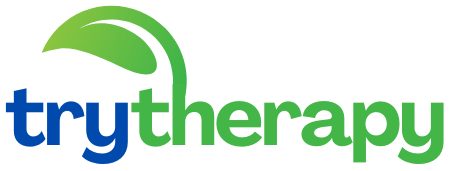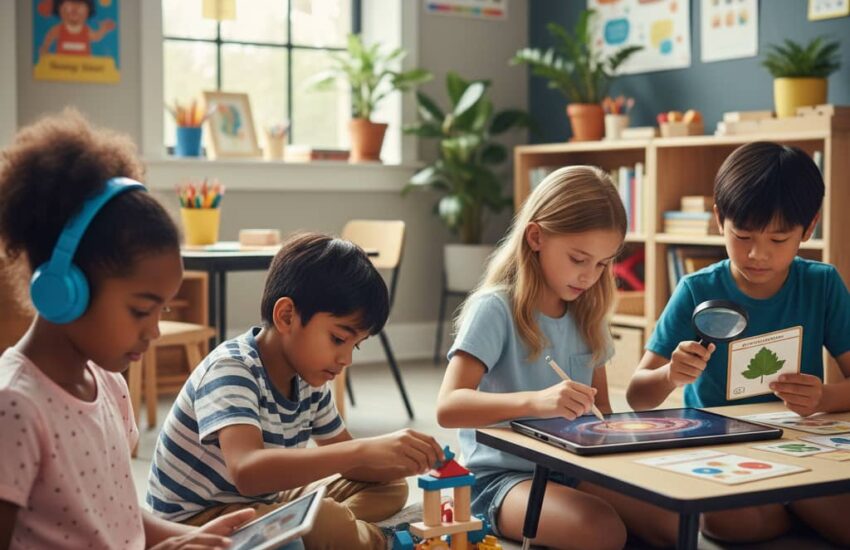Learning disorders aren’t about intelligence, they’re about processing. Discover how to recognize, understand, and support different learning styles for academic and personal success. I’ll never forget the moment my nephew, a brilliantly creative eight-year-old who could build elaborate Lego structures from memory, looked up from his homework with tears in his eyes and said, “The letters keep dancing, and I’m just stupid.” His words hung in the air, a painful testament to how quickly children internalize academic struggle as personal failure. That moment began our family’s journey into understanding learning disorders not as limitations, but as different wiring that requires different pathways to knowledge.
Learning disorders represent neurological differences in how the brain processes information, and they have nothing to do with intelligence. In fact, many individuals with learning disorders possess exceptional abilities in areas like creativity, problem-solving, or spatial reasoning. The challenge lies in the disconnect between their cognitive capabilities and their ability to demonstrate that intelligence through traditional academic channels. My nephew, for instance, could articulate complex stories orally but struggled to get those same words onto paper, a classic sign of dysgraphia.
The most common learning disorders each present unique patterns. Dyslexia affects reading fluency and comprehension, making it difficult to decode words and recognize them automatically. Dyscalculia impacts mathematical abilities, from basic number sense to complex problem-solving. Dysgraphia creates challenges with written expression, from the physical act of writing to organizing thoughts on paper. Then there are processing disorders that affect how information is received and interpreted, whether auditory or visual.
What makes identification challenging is how these disorders often overlap and manifest differently across individuals. One child with dyslexia might reverse letters, while another might read accurately but too slowly to comprehend the meaning. I worked with a student who could solve advanced mathematical concepts in her head but couldn’t remember basic multiplication facts, a contradiction that confused her teachers until we understood her specific learning profile.
The emotional toll often outweighs the academic challenges. Children with undiagnosed learning disorders frequently develop what psychologists call “learned helplessness”—the belief that no matter how hard they try, they will fail. They might become the class clown to deflect from their struggles, or they might simply withdraw. I’ve seen incredibly bright middle schoolers who decided early on that being “bad” was better than being “dumb,” a heartbreaking coping mechanism that can follow them into adulthood.
Diagnosis requires careful evaluation by trained professionals, typically involving educational psychologists who use comprehensive testing to identify specific processing weaknesses. This isn’t about labeling; it’s about understanding. A proper assessment reveals not just what a child struggles with, but how they learn best, information that transforms frustration into strategy.
Classroom accommodations can make all the difference. Simple changes like providing audiobooks for a student with dyslexia, using graph paper for a student with dyscalculia, or allowing verbal responses for a student with dysgraphia can level the playing field. These accommodations aren’t about giving unfair advantages; they’re about providing equal access to education. I watched a high school student go from failing English to honor roll once he was allowed to use speech-to-text software, finally freeing his brilliant ideas from the prison of his handwriting challenges.
The most effective approaches often involve multi-sensory instruction, engaging multiple senses simultaneously to reinforce learning. For dyslexia, this might mean tracing letters in sand while saying their sounds. For dyscalculia, it could involve using physical objects to understand mathematical concepts. These methods create alternative neural pathways to bypass processing difficulties.
Technology has revolutionized support for learning disorders. Text-to-speech software, organizational apps, speech recognition programs, and digital graphic organizers provide tools that previous generations simply didn’t have. I’ve seen tablets become literal lifelines for students who previously couldn’t complete written assignments independently.
Perhaps the most crucial element is fostering self-awareness and self-advocacy. Students who understand their learning profile can articulate what they need. I teach children to say things like, “I learn better when I can see the information visually,” or “I need extra time because my brain processes written words more slowly.” This transforms them from passive recipients of help to active participants in their education.
The support system extends beyond the classroom. Parents need guidance on how to help with homework without creating power struggles. Siblings benefit from understanding why their brother or sister gets certain accommodations. Even extended family members can learn to focus on a child’s strengths rather than their academic challenges.
The long-term outlook is far brighter than many realize. With proper support, individuals with learning disorders not only succeed academically but often develop exceptional compensatory skills, resilience, creative problem-solving, and the ability to see patterns others miss. Many highly successful entrepreneurs, artists, and innovators have learning disorders, their different thinking patterns becoming their greatest assets.
What began with my nephew’s tears evolved into a journey of discovery for our entire family. We learned to celebrate his incredible spatial reasoning, his inventive storytelling, his persistence. The boy who thought he was “stupid” because letters danced on the page is now a young man studying architectural design, using the very brain wiring that once caused him such distress to create beautiful structures. His story reminds me daily that learning disorders aren’t barriers to success, they’re simply different paths to it, and sometimes those less-traveled paths lead to the most remarkable destinations.
References
Diagnostic and Statistical Manual of Mental Disorders (DSM-5-TR). (2025). Specific learning disorder. American Psychiatric Association.
LDA America. (n.d.). Types of learning disabilities. Retrieved from https://www.dcjs.virginia.gov/sites/dcjs.virginia.gov/files/part_04_ldaamerica.org-types_of_learning_disabilities.pdf
Verywell Mind. (2022, August 30). Learning disabilities: Types, causes, symptoms, and treatment. Retrieved from https://www.verywellmind.com/learning-disabilities-types-causes-symptoms-and-treatment-6386232
Cleveland Clinic. (2025, June 1). Learning disabilities & disorders: What to know. Retrieved from https://my.clevelandclinic.org/health/diseases/4865-learning-disabilities-what-you-need-to-know
MSD Manuals. (2025, April 9). Learning disorders – Children’s health issues. Retrieved from https://www.msdmanuals.com/home/children-s-health-issues/learning-and-developmental-disorders/learning-disorders

